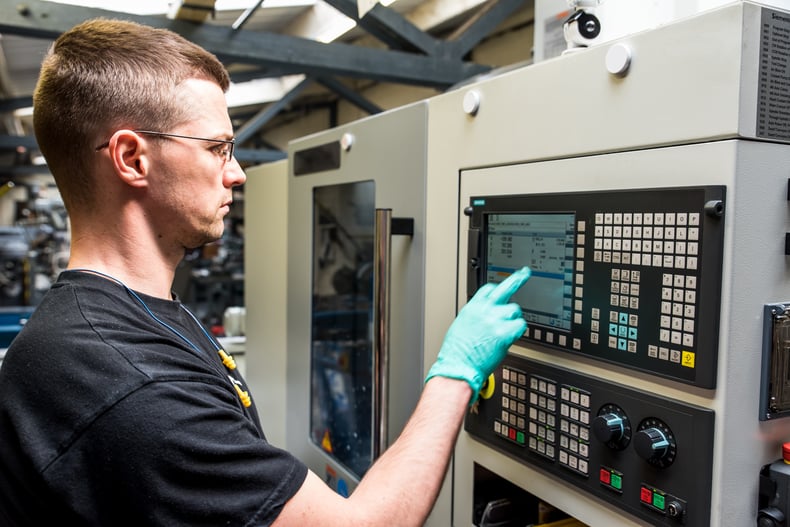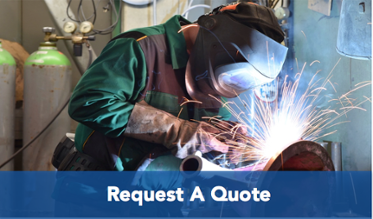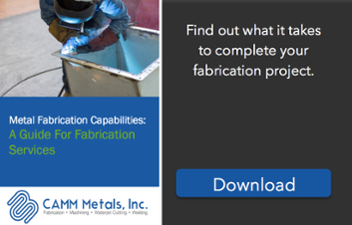 Machining time has a large impact on the pricing of CNC machined parts. . Machining time’s impact on cost is often greater than the material costs, set-up costs and even the costs of custom finishes. From this, it’s apparent that the secret to cutting CNC machining project costs is cutting down on machining time whenever possible (without sacrificing quality, of course). The more that engineers can optimize their designs to decrease cutting time, the more economical the parts become. We’re here to help, so we’ve compiled a brief list of CNC machining cost reduction tips that you can use on your next project.
Machining time has a large impact on the pricing of CNC machined parts. . Machining time’s impact on cost is often greater than the material costs, set-up costs and even the costs of custom finishes. From this, it’s apparent that the secret to cutting CNC machining project costs is cutting down on machining time whenever possible (without sacrificing quality, of course). The more that engineers can optimize their designs to decrease cutting time, the more economical the parts become. We’re here to help, so we’ve compiled a brief list of CNC machining cost reduction tips that you can use on your next project.
Use Less Expensive Materials
Typically, softer metals are less expensive to work with compared to harder materials. Softer metals are less expensive to machine because they cut more easily, which means less machining time. Harder materials require more expensive tools to machine properly, and are more likely to break and wear tools, which can add to the project cost.
Order Larger Quantities
It’s true that modern CNC machines can combine multiple operations to run more effectively, however, they still require programming and setup. Ordering multiple quantities of the same part helps generate production efficiencies and lower the cost per piece. At the production phase (up to 10,000 parts), CNC machining can provide maximum cost-efficiency.
Expand Thin Walls
CNC machined parts with thin walls are more likely to chatter, which ultimately slows down the machining process. They can also lead to distortion, which makes it difficult to hold tolerances. In order to keep machining costs low, thing walls should have a minimum width of 1/32” If very thing walls are needed it’s often more cost-effective to use other methods, such as sheet metal fabrication.
Avoid Deep Pockets
Parts designed with deep internal pockets are often time-consuming and expensive to create because these designs call for fragile tools that are susceptible to breaking during the machining process. In order to avoid this issue, either an end mill must be progressively “stepped down” in smaller and smaller increments to reach the desired specs, or other forms of machining can be used. Try to design parts with lengths up to 4x their depth— going beyond this can make the part more expensive to manufacture.
Enhance Tapped Holes
If your part requires tapped holes, there are two main factors that can add cost: hole depth and tap size. Contrary to popular belief, increasing the length of the thread in a hole does little to hold the bolt tighter; in reality, it’s just the first two or three turns that do most of the work. Considering this, you likely don’t need to thread a hole more than three times the hole’s diameter. Going deeper than this will inevitably increase the likelihood of tap breakage and add time to the tapping operation.
CAMM Metals | CNC Machining in Connecticut
It's crucial to do your research when choosing a metal fabrication, as not all companies are capable of completing the same quality of work. CAMM Metals has years of experience, honing our skills across the board to deliver a quality product and measurable bottom line value to our customers. Upload a CAD file to get an instant quote.




